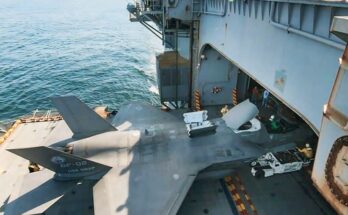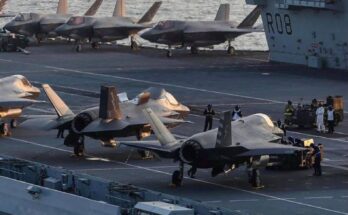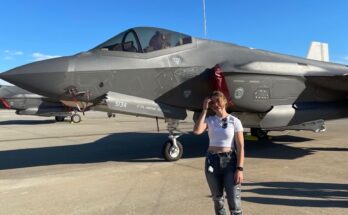
The Nimitz-class aircraft carriers are among the largest and most powerful warships ever built. Designed for global power projection, they serve as mobile airbases capable of launching and recovering aircraft at sea. Since the first of the class, USS Nimitz (CVN-68), was commissioned in 1975, these carriers have become a cornerstone of U.S. naval strategy. Several features make them stand out as unmatched symbols of maritime strength.
One of the most defining characteristics of a Nimitz-class carrier is its nuclear propulsion system. Powered by two A4W nuclear reactors, these carriers can operate for over twenty years without refueling. This gives them virtually unlimited range and the ability to remain deployed for extended periods, independent of traditional fuel supply lines. Nuclear propulsion also allows the ships to maintain high sustained speeds—over 30 knots—making them fast enough to keep up with strike groups and reposition rapidly across oceans.
Size and capacity are also critical features. Each carrier is about 1,092 feet long, with a displacement of around 100,000 tons when fully loaded. The flight deck, spanning more than four acres, provides enough space to support a large air wing. A typical complement includes 60 to 70 aircraft, such as strike fighters, electronic warfare planes, surveillance aircraft, and helicopters. This flexibility enables the ship to conduct a wide range of missions, from combat operations and reconnaissance to humanitarian assistance.
The carrier’s catapult and arresting gear systems are essential to flight operations. Steam catapults launch aircraft from the deck, allowing them to reach takeoff speed in a very short distance. On recovery, arresting wires stop landing aircraft almost instantly, ensuring efficient and safe operations in the limited space available. These systems give the carrier the ability to launch and recover aircraft in rapid succession, maximizing its striking power.
Another important feature is the ship’s defensive capability. While the carrier relies heavily on its escort ships for protection, it is not defenseless. Nimitz-class carriers are equipped with multiple layers of defensive systems, including the Phalanx Close-In Weapon System (CIWS) for last-ditch missile defense, Rolling Airframe Missiles (RAM), and various radar and electronic warfare systems. These defenses are designed to counter threats ranging from aircraft and missiles to small surface craft.
The living and working conditions aboard a Nimitz-class carrier reflect its role as a floating city. Each ship carries a crew of about 3,000 sailors, along with roughly 1,500 personnel for the air wing. Facilities include medical centers, dining halls, gyms, and even chapels, ensuring that sailors can live and work at sea for months at a time. The ability to sustain such a large community underscores the carrier’s endurance and self-sufficiency.
Finally, the command and control systems onboard provide the ship with the ability to coordinate complex operations across sea, air, and land. Advanced communication networks and combat information centers allow the carrier to serve as the flagship of a strike group, directing operations and integrating with joint and allied forces.
In short, the Nimitz-class aircraft carriers combine nuclear power, massive size, advanced aviation systems, strong defenses, and robust living facilities. These features make them more than warships—they are strategic assets capable of shaping global events wherever they are deployed.


